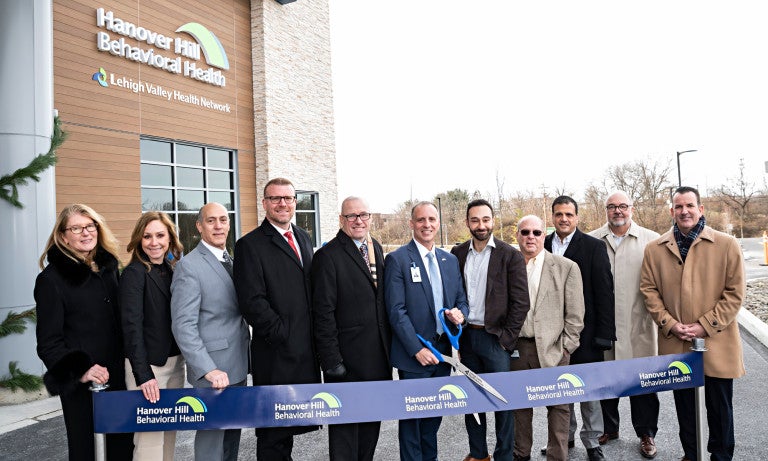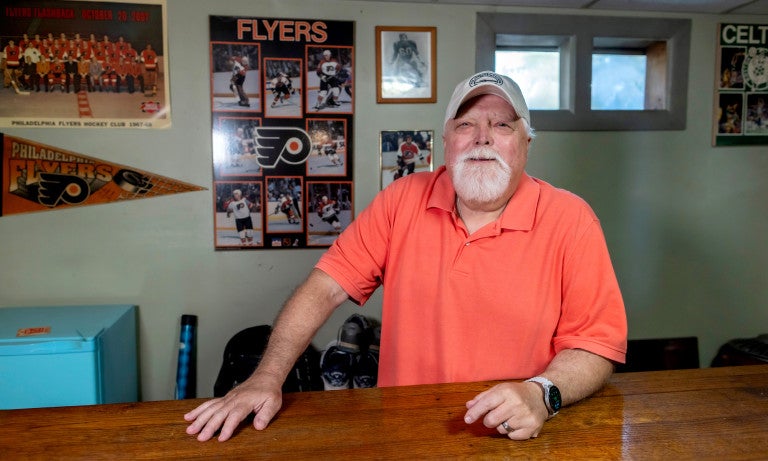New 144-bed behavioral health hospital expands access to care for the Lehigh Valley region
December 8, 2025
News
Important Update for UnitedHealthcare Members
December 15, 2025
Jefferson Health Announces Most Popular Baby Names of 2025
December 15, 2025
Jefferson Health Hospitals Earn National Ranking for Maternity Care
December 15, 2025
Jefferson Health’s Highly Specialized Nursing S.E.A.L. Team Expanding to the Lehigh Valley
December 3, 2025























